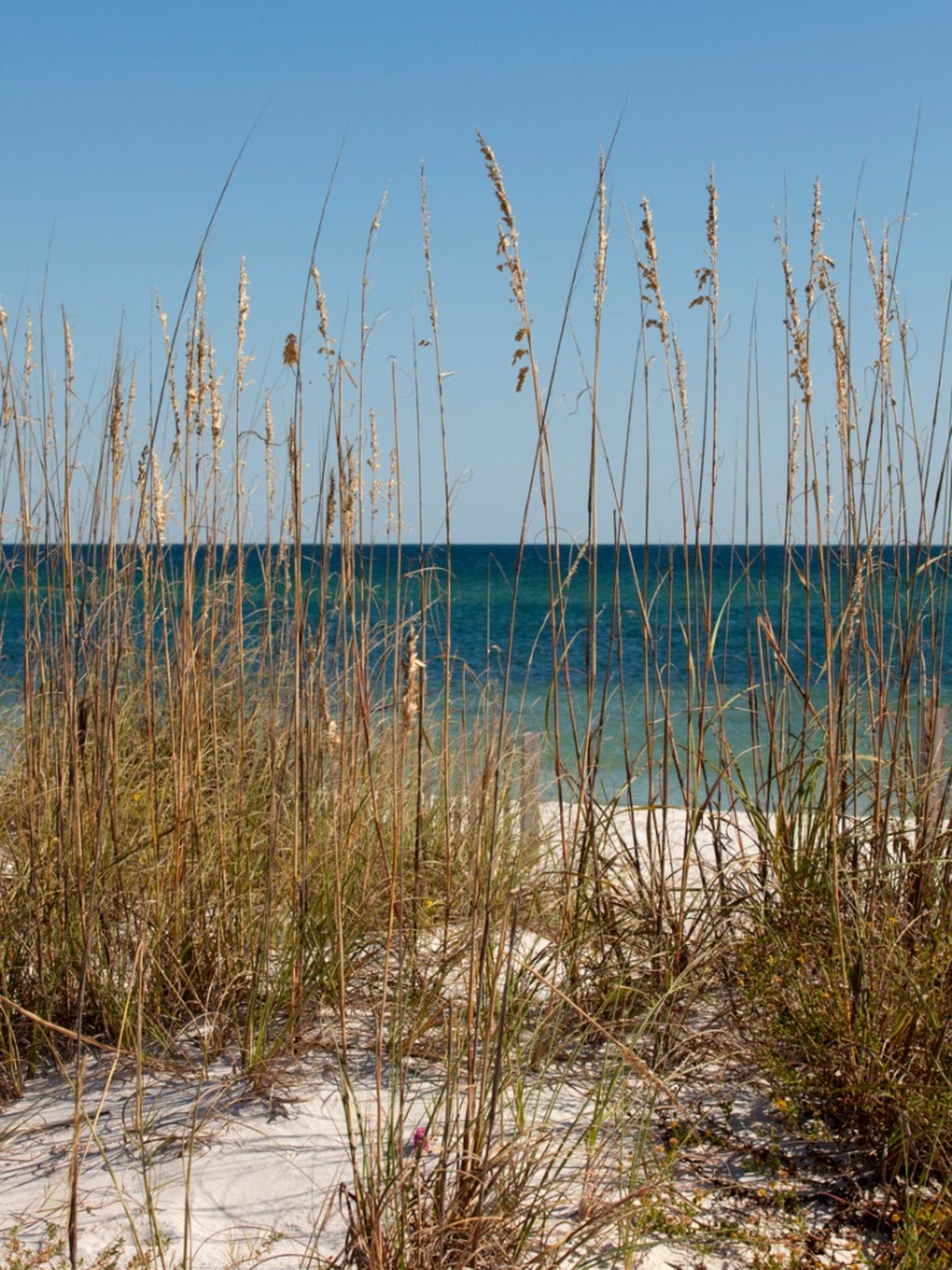American Beachgrass Care: Planting Beachgrass In Gardens


Native grasses are perfect for the back forty or open landscape. They have had centuries to create adaptive processes that make the most of the existing environment. That means they are already suited for the climate, soils, and region and require less maintenance. American beachgrass (Ammophila breviligulata) is found in the Atlantic and Great Lakes coastlines. Planting beachgrass in gardens with dry, sandy, and even salty soils provides erosion control, movement, and ease of care.
About American Beachgrass
Beachgrass is found from Newfoundland to North Carolina. The plant is in the grass family and produces spreading rhizomes, which allow the plant to entrench itself and help stabilize soils. It is considered a dune grass and thrives in dry, salty soil with little nutrient base. In fact, the plant thrives in seaside gardens. Using beachgrass for landscaping in areas with similar environmental situations protects important habitats and delicate hills and dunes. It can spread 6 to 10 feet (2 to 3 m.) in a year but only grows 2 feet (0.5 m.) tall. The roots of American beachgrass are edible and have been used as a supplemental food supply by indigenous peoples. The grass produces a spikelet that rises 10 inches (25.5 cm.) above the plant from July to August.
Growing Beachgrass
October to March is the best time for planting beachgrass in gardens. Seedlings have difficulty establishing when temperatures are too hot and conditions are too dry. Establishment is usually from plugs planted 8 inches (20.5 cm.) below the surface of the soil in clusters of two or more culms. Spacing of 18 inches (45.5 cm.) apart requires nearly 39,000 culms per acre (4000 sq. m.). Erosion control planting is done at a closer range of 12 inches (30.5 cm.) apart per plant. Seeds germinate unreliably so sowing is not recommended when growing beachgrass. Never harvest wild grasses from natural environments. Use reliable commercial supplies for starter plants to prevent damage to existing dunes and wild areas. The plants do not tolerate foot traffic, so fencing is a good idea until the starts mature. Stagger the planting for a more natural effect with several inches (7.5 to 13 cm.) between each culm.
Beachgrass Care
Some growers swear by fertilizing in the first spring and annually with a nitrogen-rich plant food. Apply at a rate of 1.4 pounds per 1,000 square feet (0.5 kg. per 93 sq. m.) 30 days after planting date and then once per month during the growing season. A formula of 15-10-10 is appropriate for American beachgrass. Once the plants have matured, they need half the amount of fertilizer and only sparse water. Seedlings do need evenly applied moisture and protection from wind and foot or other traffic. Be careful, however, as soggy soils will cause the plant to decline. Beachgrass care and maintenance requires no mowing or trimming. Further, plants may be harvested from mature stands by separating the culms. Try beachgrass for landscaping in low nutrient areas and enjoy the coastal ambiance and easy beachgrass care.
Sign up for the Gardening Know How newsletter today and receive a free copy of our e-book "How to Grow Delicious Tomatoes".

Bonnie Grant is a professional landscaper with a Certification in Urban Gardening. She has been gardening and writing for 15 years. A former professional chef, she has a passion for edible landscaping.